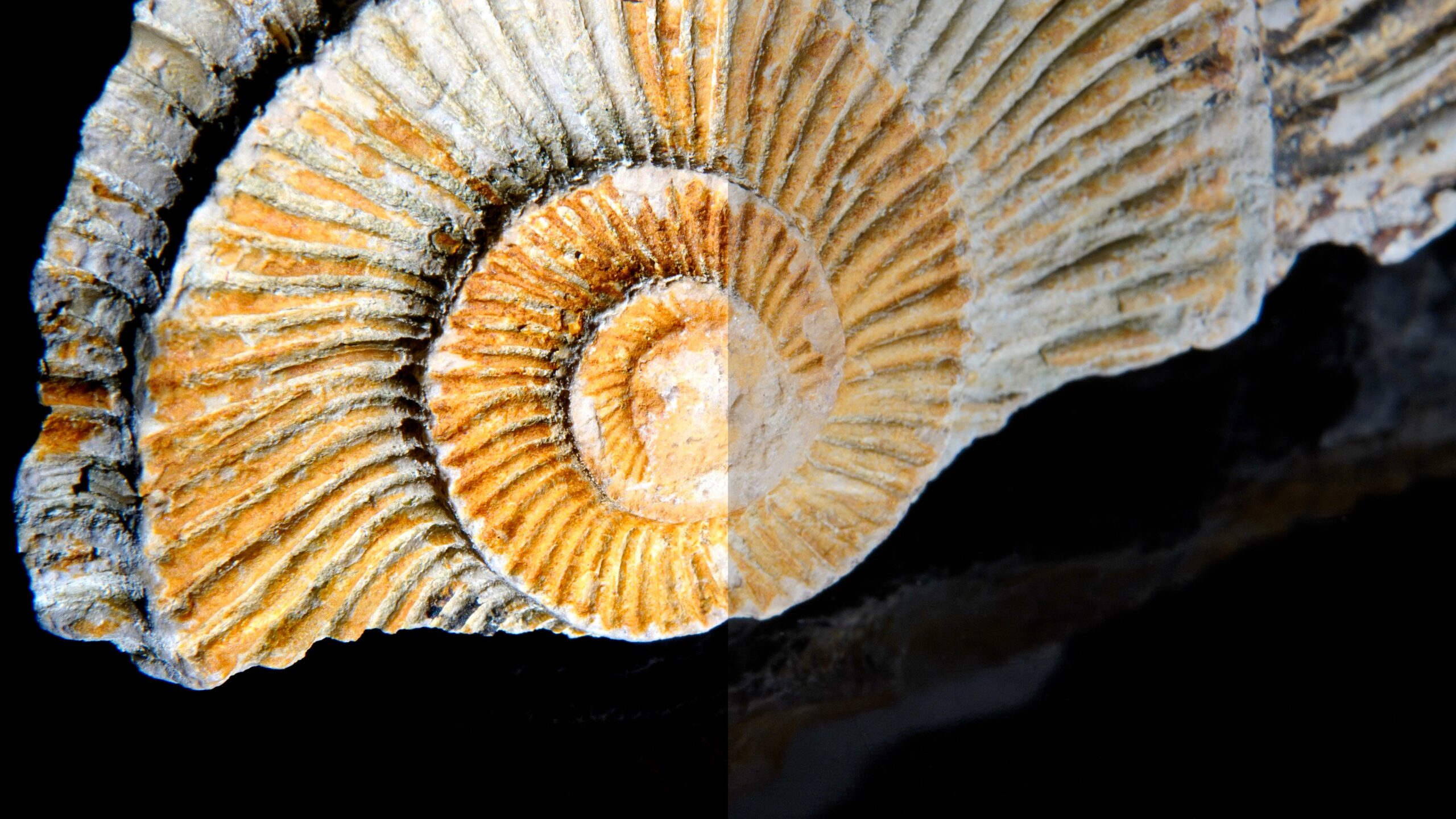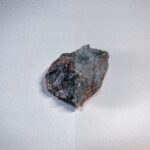Welcome young explorers! Get ready to embark on a thrilling adventure into the mysterious world of prehistoric wonders. In this article, we will delve into the captivating realm of fossils, uncovering fascinating facts that will leave you in awe. So strap on your curiosity caps and prepare to be amazed as we unveil a treasure trove of knowledge about fossils, tailor-made just for curious 6th graders like you! Get ready to unearth some mind-boggling facts about these ancient relics that shed light on our planet’s incredible past.
Facts About Fossils for 6th Graders
Welcome to the amazing world of fossils! Today, we are going to embark on an exciting journey to uncover fascinating facts about fossils for 6th graders. Get ready to explore the prehistoric wonders that lie hidden beneath the Earth’s surface.
What Are Fossils?
Fossils are like windows into the past, allowing us to glimpse the incredible diversity of life that once inhabited our planet. These remarkable remnants are evidence of prehistoric life that is at least 10,000 years old. But how exactly do they form?
Quote: Fossils usually form from the hard parts of living things, like shells or bones.
Types of Fossils
Fossils come in various forms, each providing valuable insights into the past. Let’s take a closer look at the two main types of fossils: body fossils and trace fossils.
Body Fossils – These fossils preserve the actual remains of ancient organisms. They can be bones, teeth, shells, or even remnants of soft tissues like skin impressions. Imagine discovering a perfectly preserved dinosaur bone or a fossilized ancient insect trapped in amber. These body fossils give us tangible evidence of what once roamed the Earth.
Trace Fossils – Trace fossils are indirect evidence of prehistoric life. They include footprints, burrows, and even fossilized excrement, also known as coprolites. Imagine stumbling upon a set of footprints left behind by a long-extinct creature, or uncovering the intricate tunnels of an ancient burrowing animal. Trace fossils help us understand the behavior and habitats of ancient organisms.
Quote: Fossils can be classified as either body fossils or trace fossils.
Unearthing Fossils
Now, let’s talk about the exciting process of unearthing fossils! Fossils can be found in various locations such as ancient riverbeds, lakes, caves, volcanic ash falls, and tar pits. However, did you know that the majority of fossils are found in earth that was once underwater?
Quote: Most fossils are found in earth that was once underwater.
When scientists discover a potential fossil site, they carefully excavate the layers of earth using tools like brushes, pickaxes, and even dental tools! It’s like being a detective, slowly revealing the hidden clues of the past.
How Fossils Formed
To understand how fossils form, let’s take a step back in time. Imagine a prehistoric creature that lived millions of years ago. When it died, its remains sank into the earth, becoming buried under layers of sediment. Over time, these layers compressed, creating immense pressure that turned the sediment into rock.
Meanwhile, the organic material of the once-living creature gradually decayed, leaving behind an empty space within the rock. This space, known as a mold, later filled with minerals from groundwater, creating a cast.
Quote: Fossils are excavated from various locations such as ancient riverbeds, lakes, caves, volcanic ash falls, and tar pits.
The Earth’s Story in Fossils
As we explore the world of fossils, we not only uncover the mysteries of prehistoric life but also the history of our planet. Each layer of fossils and earth is like a page in a book, telling us how the Earth has changed over millions of years. By studying fossils, scientists can piece together the story of ancient ecosystems, climate shifts, and the evolution of life.
Quote: Over time, these layers of fossils and earth turned into rock.
Conclusion
Now that we’ve delved into the world of fossils, we have uncovered some fascinating facts for 6th graders. From the different types of fossils to the incredible process by which they are formed, fossils offer us a glimpse into the rich history of our planet.
Quote: Fossils are like windows into the past, allowing us to glimpse the incredible diversity of life that once inhabited our planet.
So, the next time you stumble upon a fossil, remember that it’s not just a rock—it’s a time capsule from a bygone era, waiting to share its secrets with curious minds like yours.
Now go forth, young paleontologists, and continue your exploration of the ancient wonders hidden beneath the surface!
Reference Sources:
Fossils have always captivated our imaginations, revealing secrets of the ancient world. If you’re in year 6 and love learning about these incredible remnants of the past, you won’t want to miss out on our collection of fascinating facts about fossils. From the different types of fossils to the process of fossilization, there’s so much to discover! So why wait? Dive into the world of fossils by clicking here: facts about fossils for year 6.
FAQ
Question 1
What are fossils?
Answer 1
Fossils are evidence of prehistoric life that is at least 10,000 years old. They can be classified as either body fossils, which include bones, teeth, footprints, and skin impressions, or trace fossils.
Question 2
Where are fossils found?
Answer 2
Fossils are excavated from various locations such as ancient riverbeds, lakes, caves, volcanic ash falls, and tar pits. Most fossils are found in earth that was once underwater.
Question 3
How do fossils form?
Answer 3
Fossils usually form from the hard parts of living things, like shells or bones. Over time, these layers of fossils and earth turn into rock through a process called fossilization.
Question 4
What is the importance of fossils?
Answer 4
Fossils provide valuable information about the history of life on Earth and help scientists understand how species evolved over time. They also offer clues about ancient environments and can help reconstruct past ecosystems.
Question 5
Can fossils be found anywhere?
Answer 5
While fossils can be found in various locations, they are more commonly found in areas with sedimentary rock formations. This is because sedimentary rocks are formed from layers of sediment that can preserve fossils.
- Discover the Borough of Frenchtown, NJ: A Delaware River Town Blending History, Art & Nature - November 22, 2024
- Discover Clarks Grove, MN: A Small Town with a Big Heart - November 22, 2024
- Califon Borough, NJ: A Small Town with a Big Heart (and Rich History) - November 22, 2024













